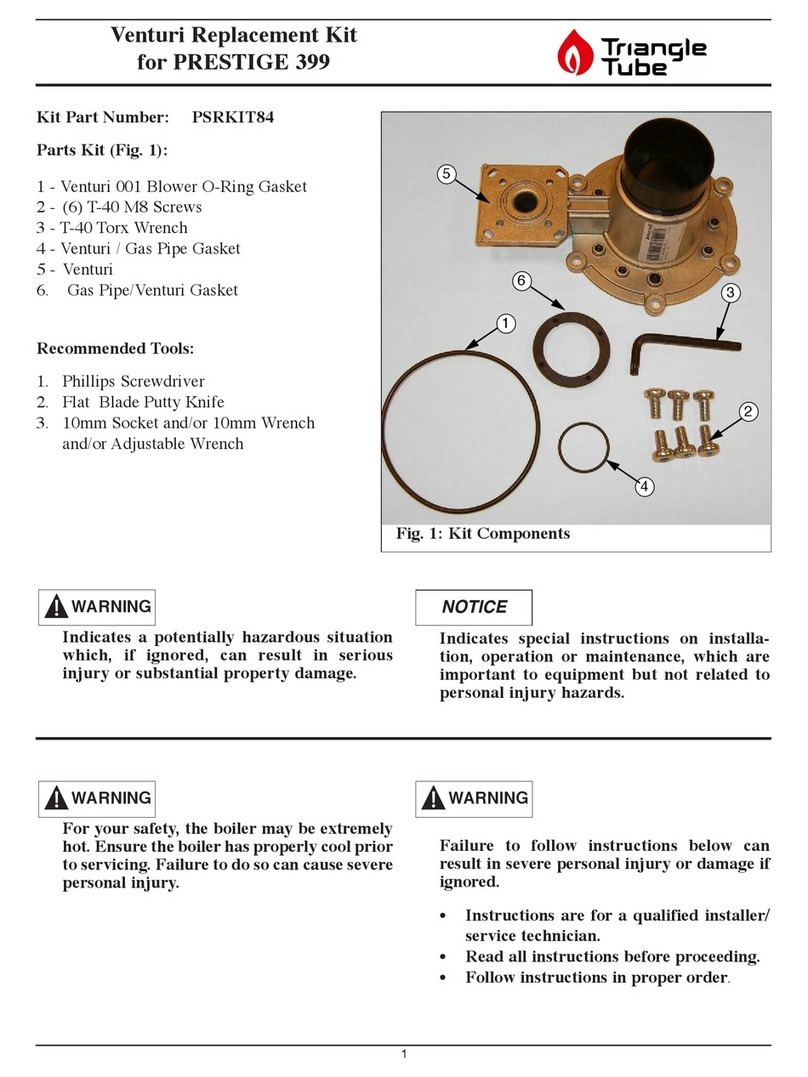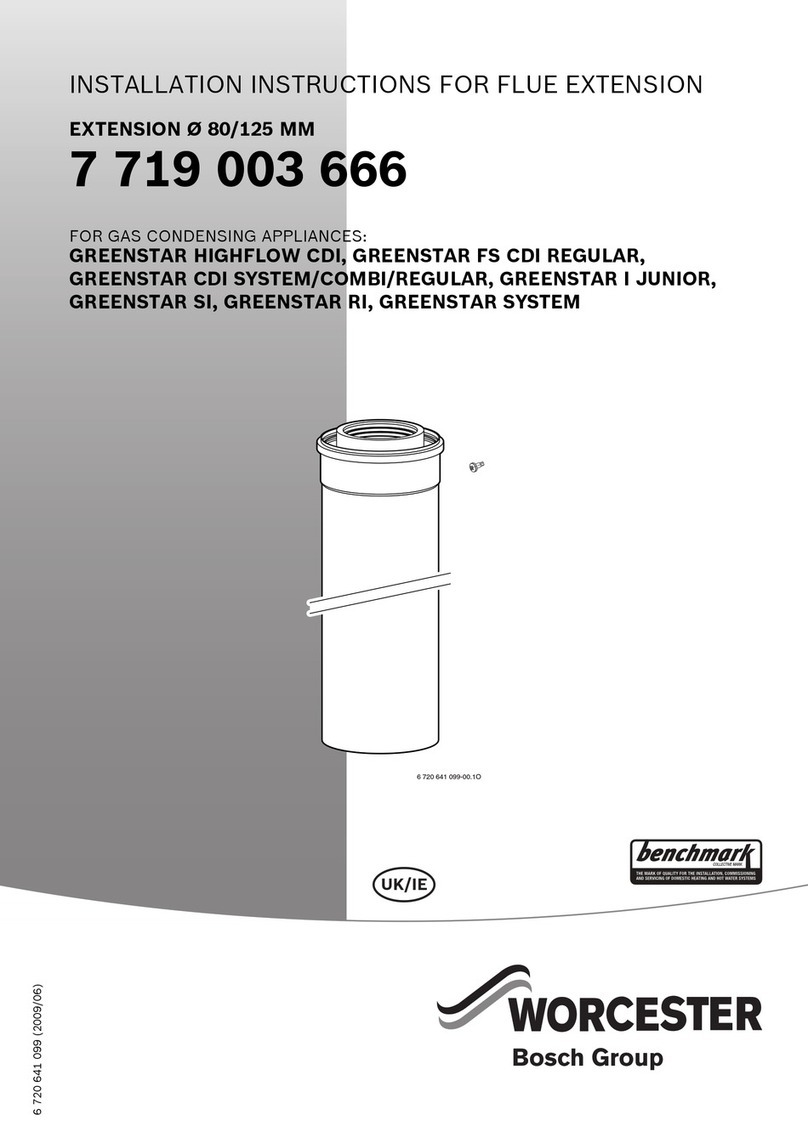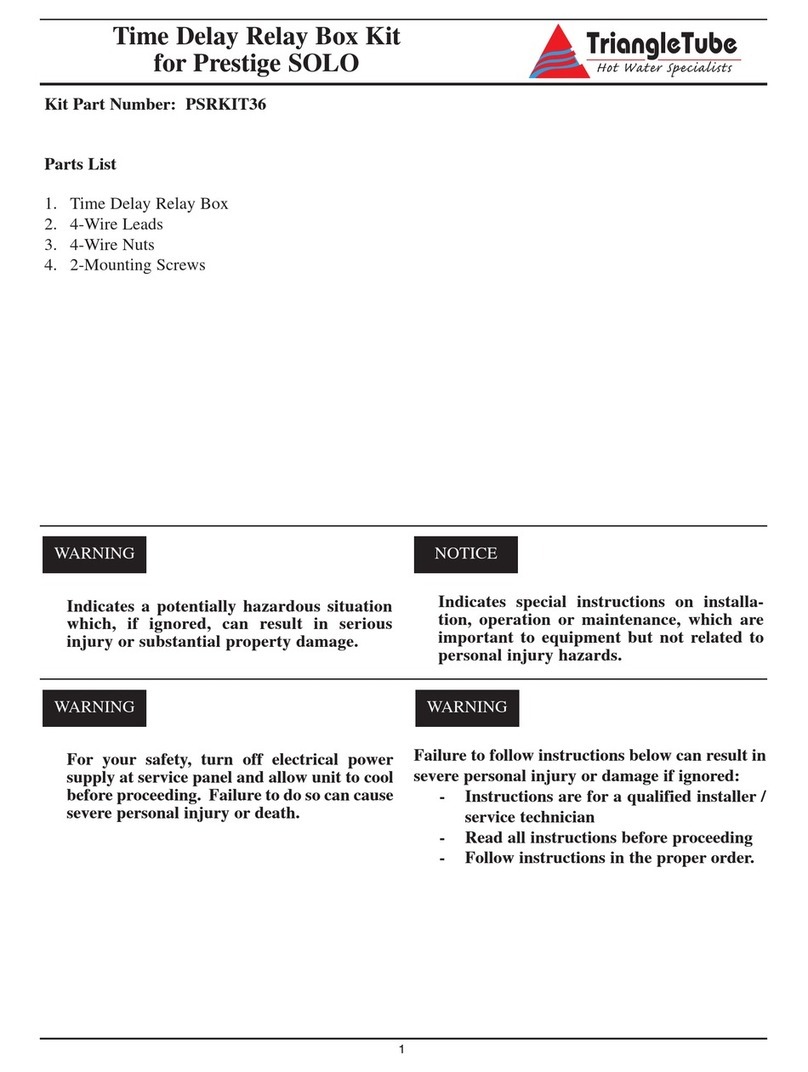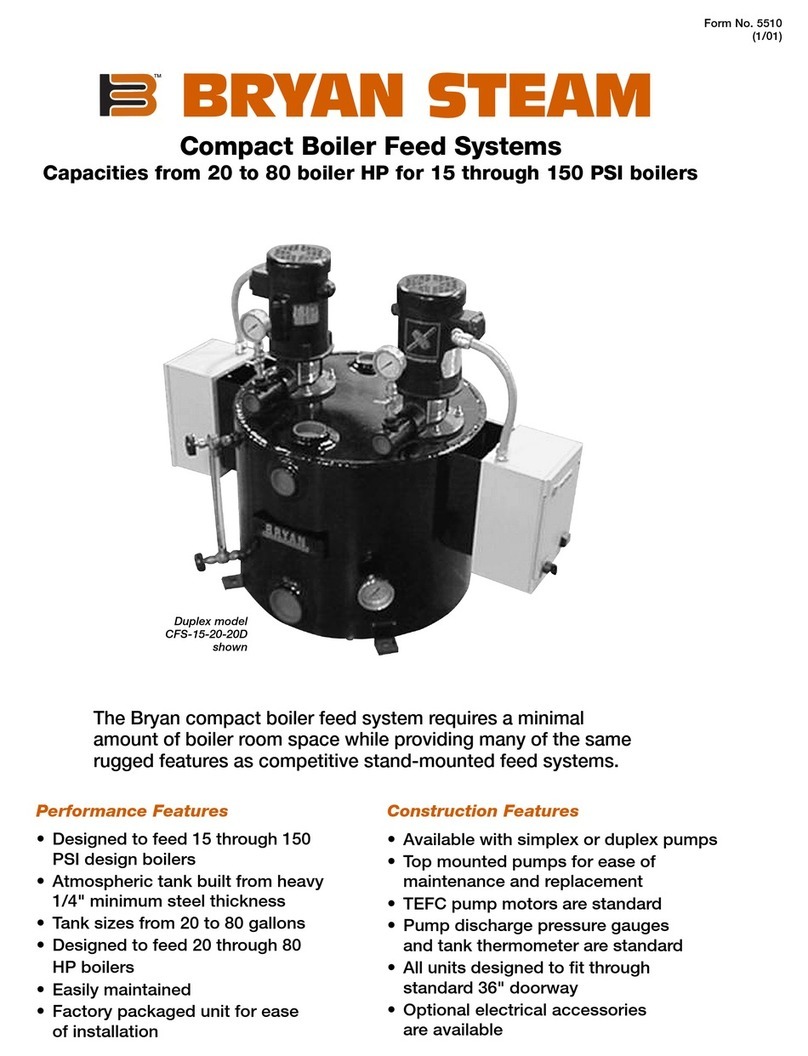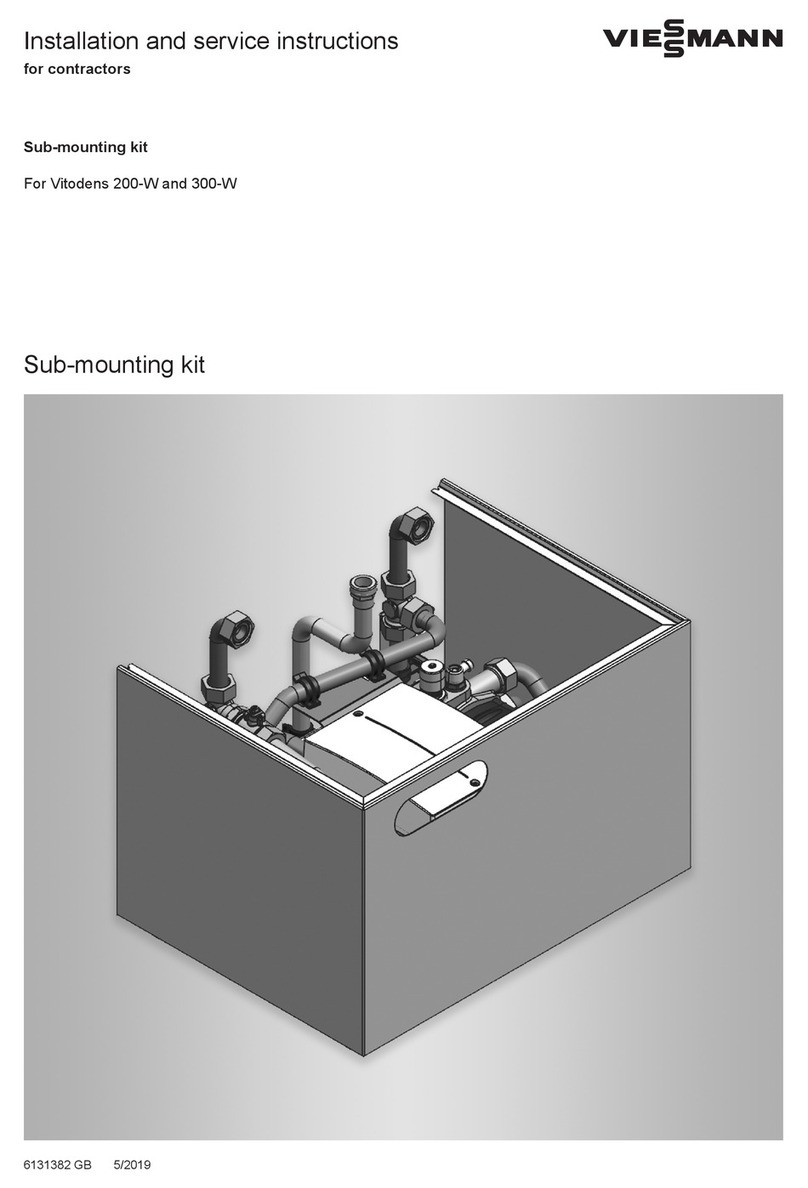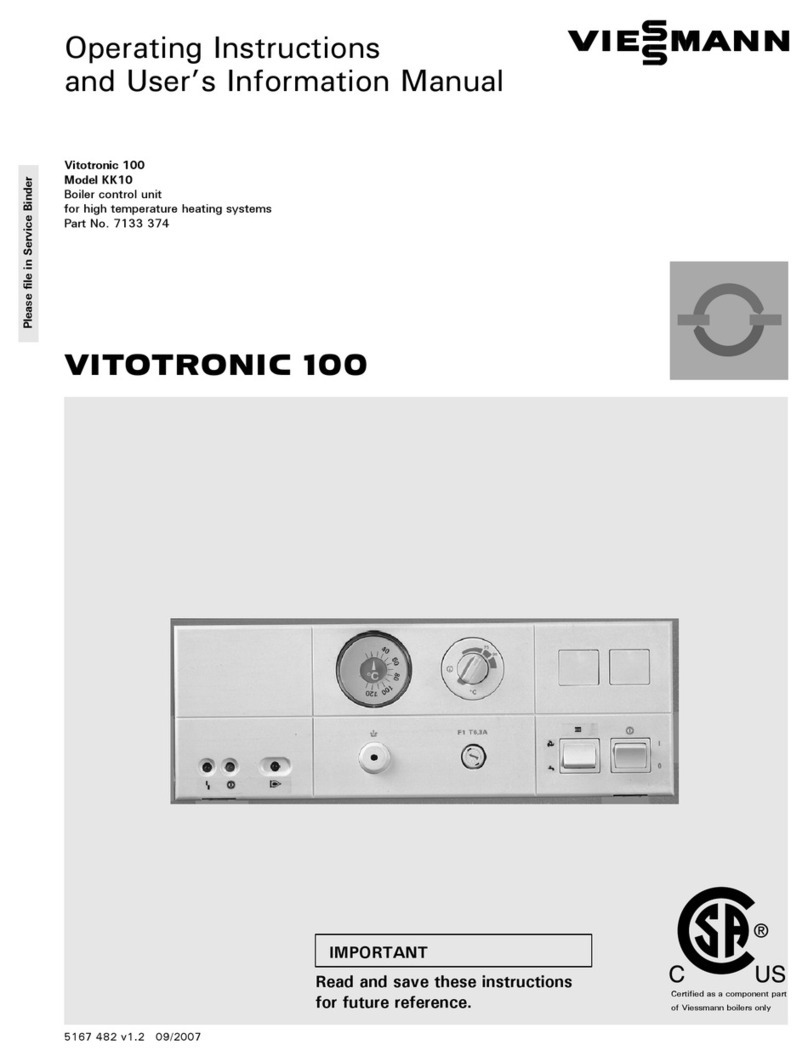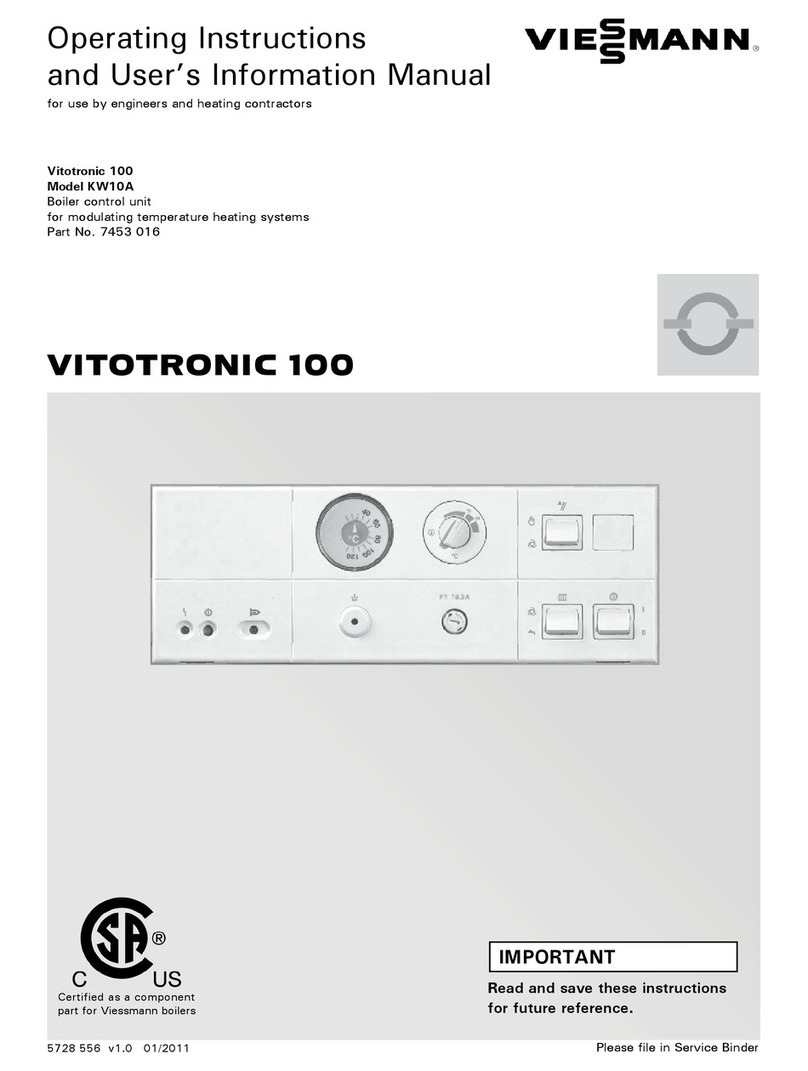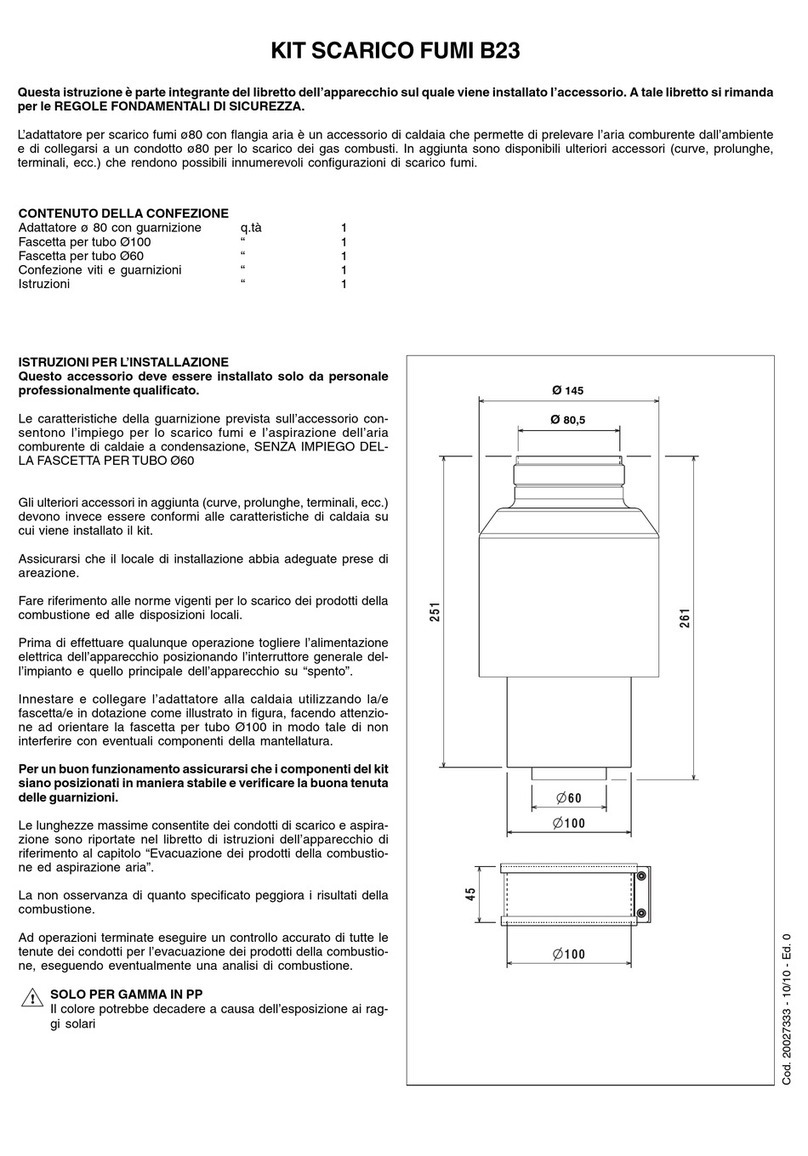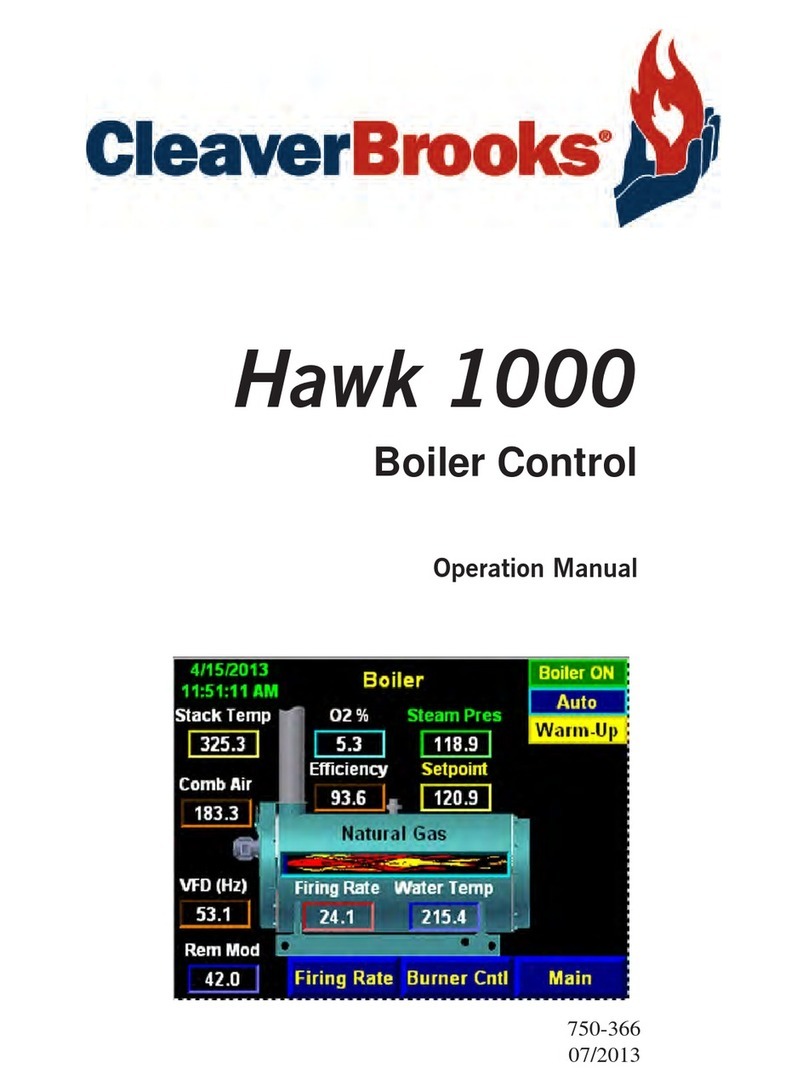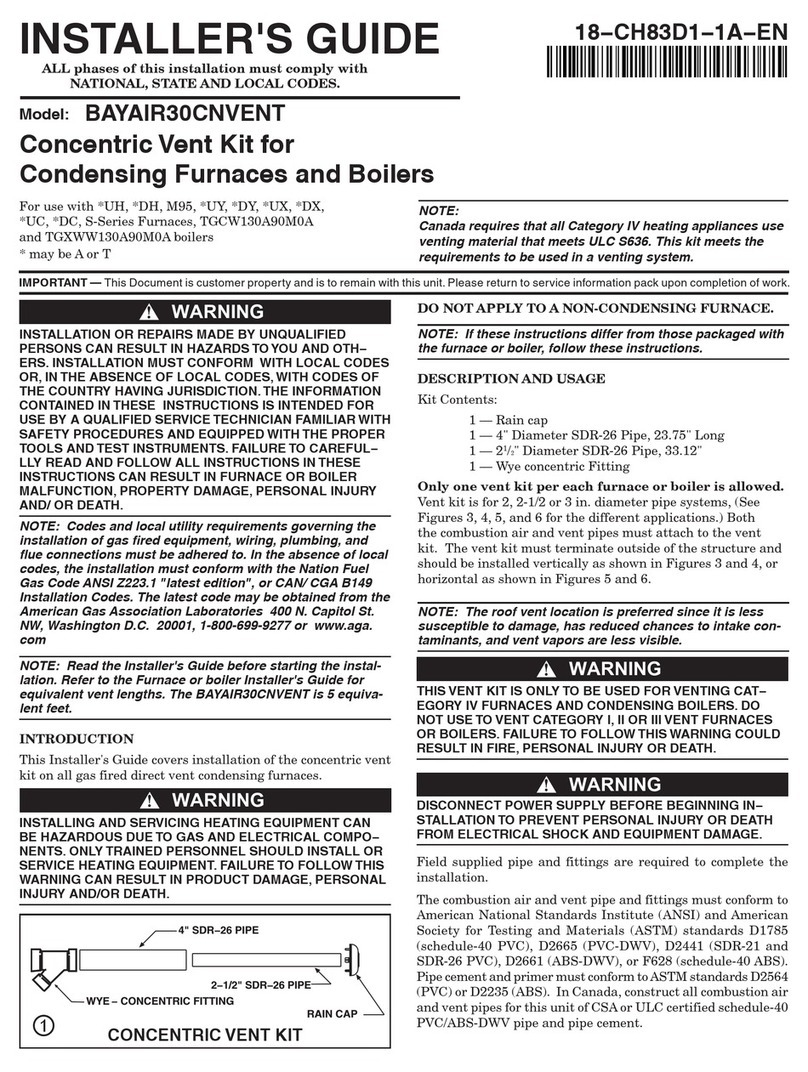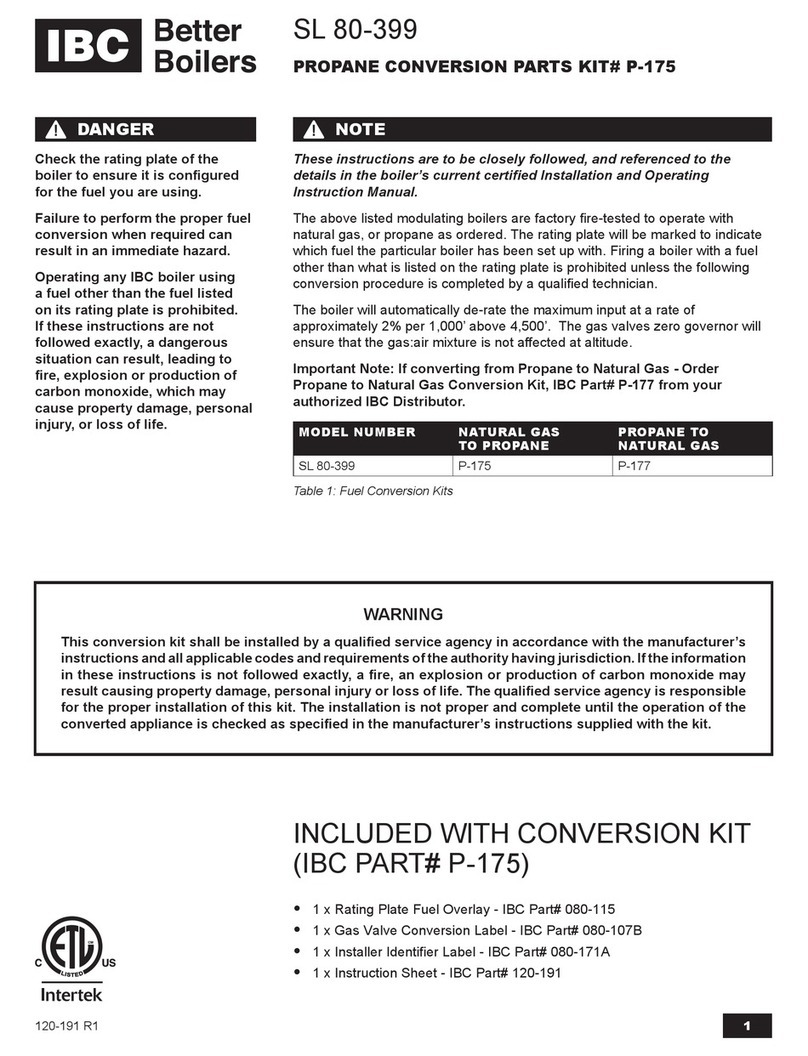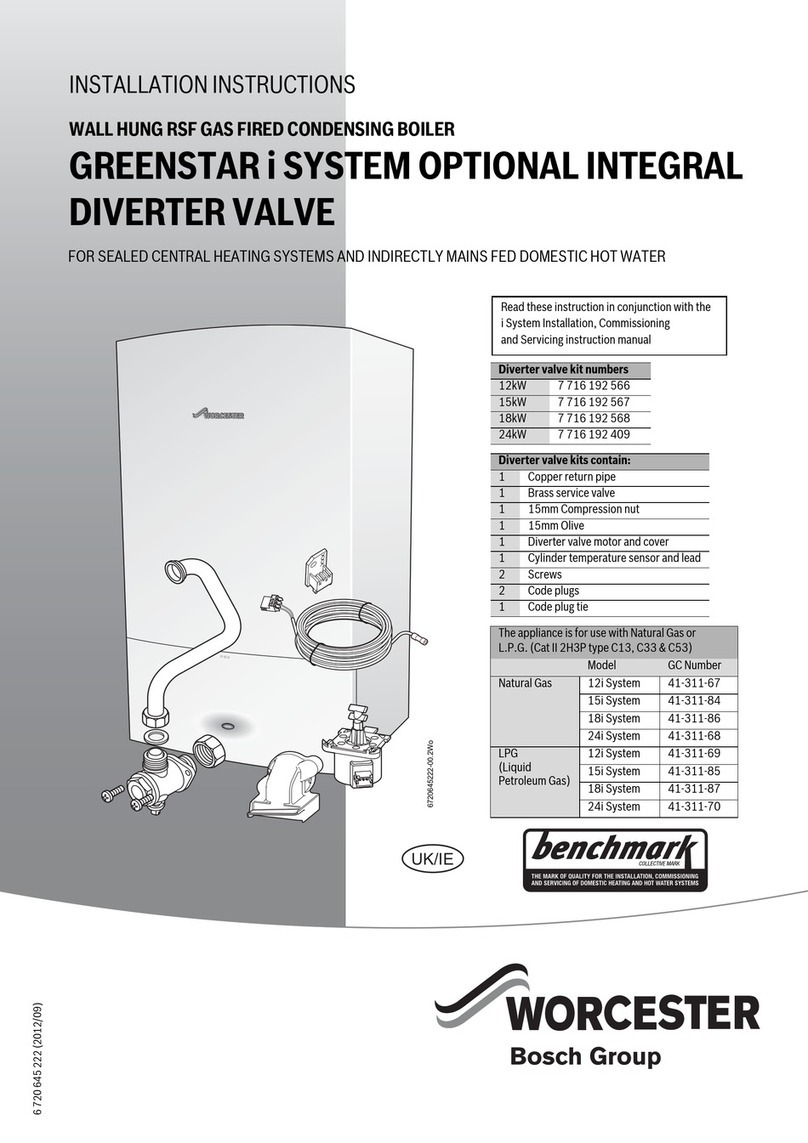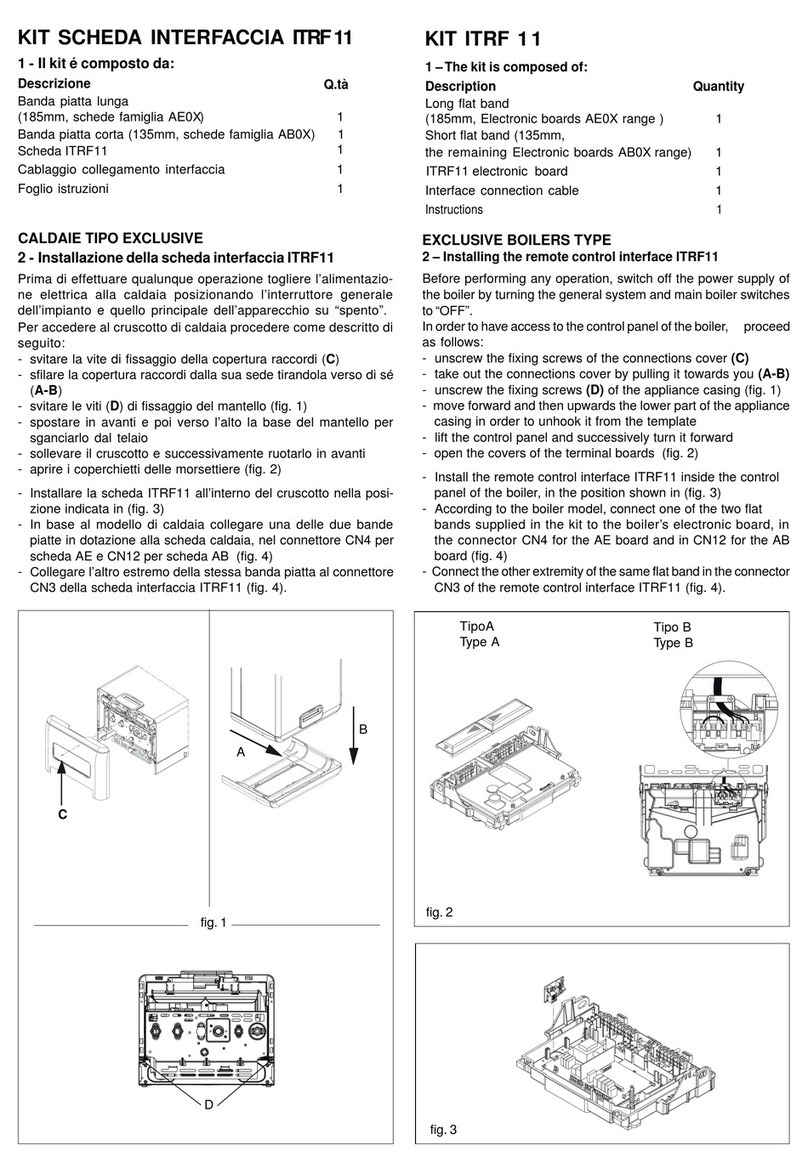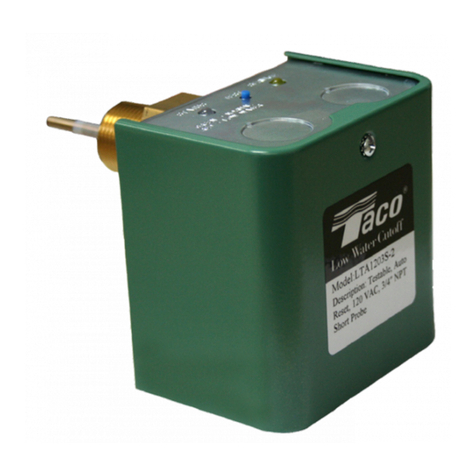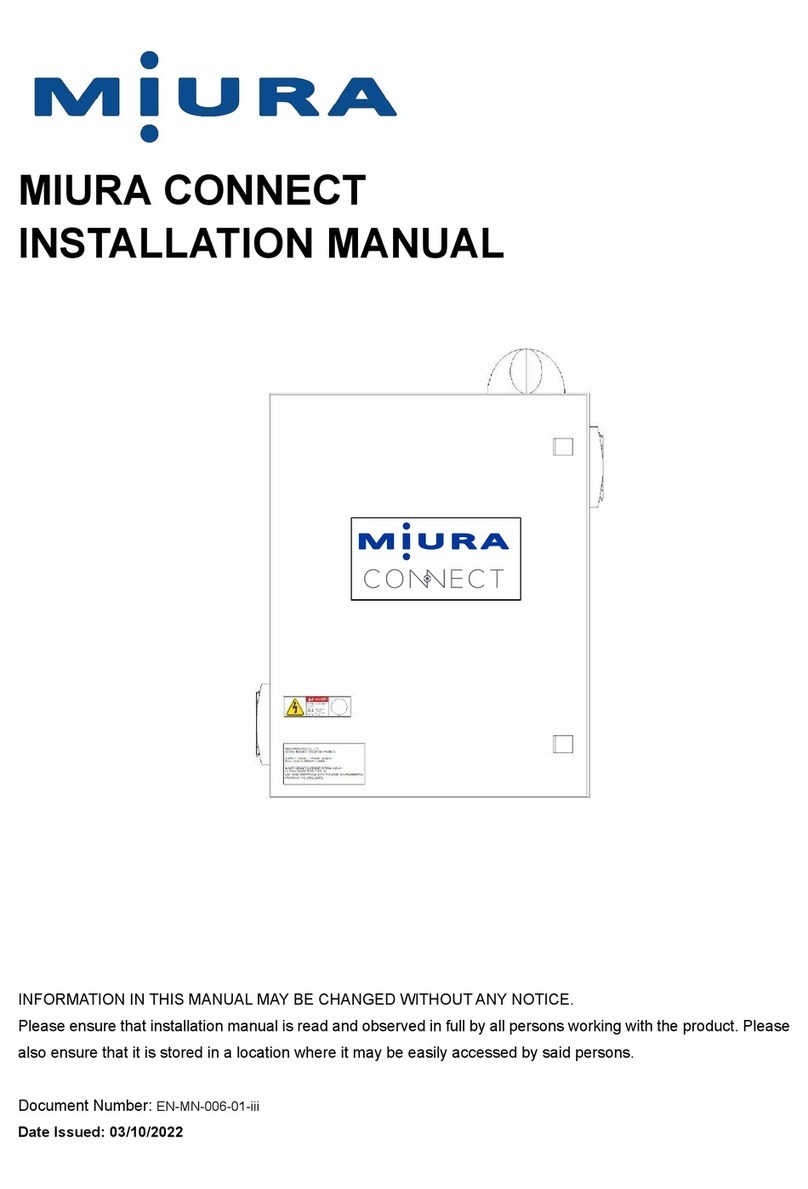
Safety
10 ESS Energie Systeme & Service GmbH Operating instructions VITOBLOC 200 EM-20/39
3.5 Special safety regulations
3.5.1 Siting and storage
Incorrect siting or storage.
Material damage due to corrosion
►Protect the machine and its parts
from rust.
►Prevent the formation of
condensation.
3.5.2 Assembly work and installation
●Adhere to the settings prescribed in the installation
instructions. Only qualified personnel may perform
such work.
●For all work involved in operating or setting up the
machine and its safety equipment, observe the
start-up and shutdown procedures described in
the operating instructions.
●When replacing larger assemblies, attach them
carefully to lifting gear and secure them in such a
way that no risk can arise from this. Only use
appropriate, technically flawless lifting gear and
lifting accessories with sufficient load bearing
capacity. Do not stand or work under suspended
loads.
●Only entrust experienced people with the
fastening of loads and guidance of crane drivers.
The person providing guidance must remain within
sight or in voice contact with the operator.
●When performing overhead installation work,
always use the intended or other safe climbing
aids and working platforms. Do not use machine
parts as climbing aids. Wear safety harnesses
when carrying out servicing work at a height.
●Always retighten any threaded connections that
have been loosened during installation work.
●If any safety equipment needs to be removed
during installation, it must be inspected
immediately after completing the installation work.
●Ensure safe and environmentally responsible
disposal of operating fluids and fuels.
●Installation of the machine and its peripheral
connection systems may only be carried out by
authorised personnel from a specialist company,
who have been instructed in these tasks by the
manufacturer.
●Work on parts carrying gas must be carried out by
a licensed gas fitter.
●The applicable engineering standards, as well as
all building and legal regulations apply to the
practical execution of this work.
●Design the safety equipment in accordance with
all locally applicable regulations.
●Observe the accident prevention regulations.
3.5.3 Commissioning
●Observe start-up and shutdown procedures,
machine ramp-up and control displays.
●Before switching on/commissioning the machine,
ensure that no-one can be put at risk by the
machine starting up.
●Before commissioning the machine, check all
safety equipment and other protective devices for
completeness and correct function. Check all
machine parts for the presence of any foreign
bodies.
●Before commissioning, it is essential to check that
the operating fluids comply with the
manufacturer's specifications.
●No unauthorised person or object is permitted
within the danger zone during commissioning.
Unsuitable operating fluids.
Serious material damage to the
machine
►Gases and combustion air must
meet the manufacturer's
specifications in accordance with
chapter 10.5 of the installation
instructions.

